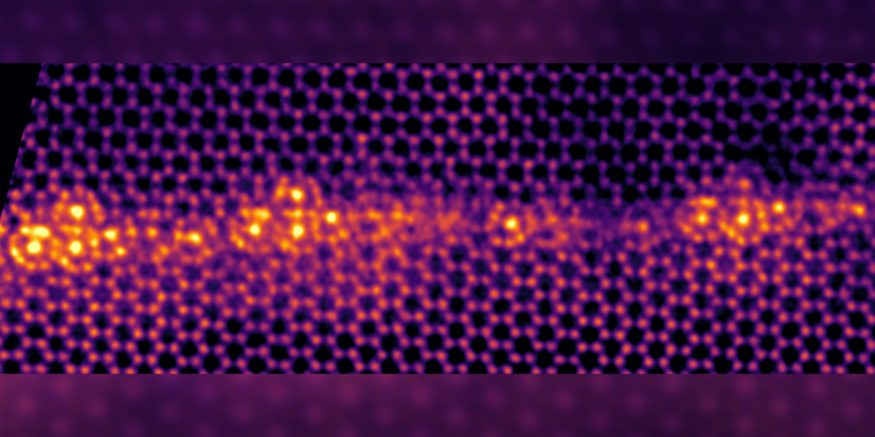The interfaces between individual crystals in a material, known as grain boundaries (GBs), play a critical role in dictating the strength, durability, and overall performance of a material. For this reason, GB phase transitions — abrupt changes at a material’s interface resulting in distinct structures and properties — are becoming increasingly recognized as a new frontier in materials science.
Researchers from Lawrence Livermore National Laboratory (LLNL), Ruhr University Bochum, and other international collaborators have provided the first demonstration of how iron atoms, when introduced into titanium, undergo a GB transition. During their study, the researchers observed that the iron atoms segregate (concentrate) to form quasicrystalline-like structures (those with patterns that are ordered but not periodic) at the interface. This work is described in a recent issue of Science.


